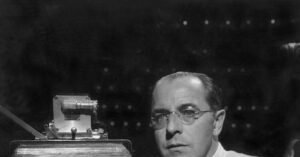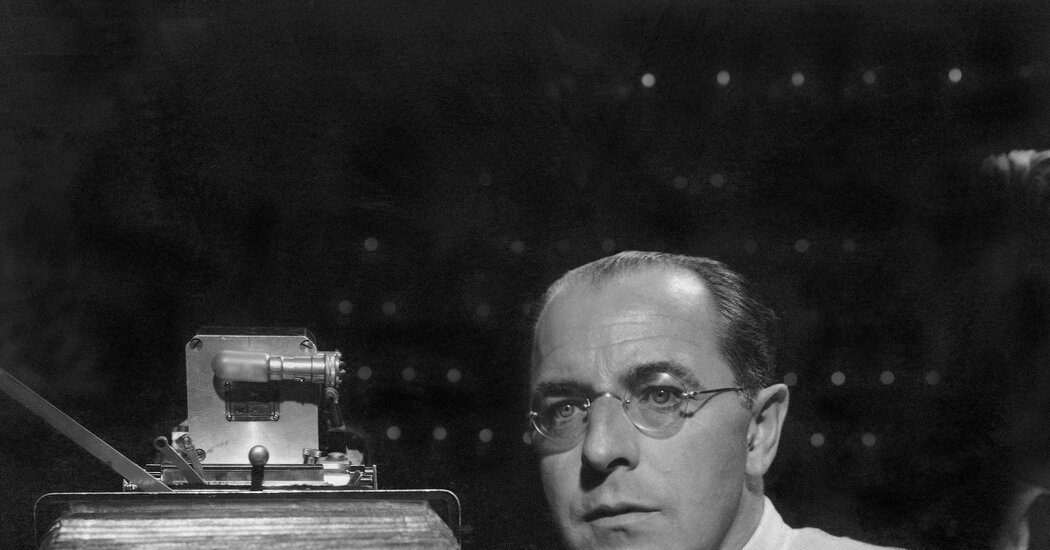Kehlmann, the author of other reimagined histories like “Measuring the World” and “Tyll” (the latter also translated by Ross Benjamin), bases key scenes on real life: Riefenstahl not only directed this wildly expensive project but also played, with her complexion darkened, a Spanish dancer some 15 years her junior. Infamously, the movie’s attempt at authenticity involved importing over 100 Roma adults and children from two concentration camps for use as extras (and shipping them back perhaps to their doom).
As the production was beset with problems, Riefenstahl requested her old director’s help. The account of their collaboration found in her monumentally self-serving 1987 memoir is blithely contradictory to Kehlmann’s. Attributing Pabst’s changed personality to time spent in Hollywood, Riefenstahl describes Pabst as “cold” and “despotic” — which is pretty much how Kehlmann depicts her. His Pabst is, by contrast, confused. If the author takes some liberties in bringing his characters to life, his nasty portrait of Riefenstahl is certainly plausible. So too is his idea that Pabst, bewitched by Brooks, carried a lifelong torch for her. (This differs from the analysis of “Mr. Pabst” that Brooks provided in her wonderful memoir “Lulu in Hollywood,” but how would she have known?)
Elsewhere, Kehlmann freely adds secondary characters and carefully tampers with chronology: For dramatic reasons, “The White Hell of Pitz Palu” (1929) and Fritz Lang’s “Metropolis” (1927) are given near-simultaneous premieres. But in playing with the historical record he largely hews to it. The novel has a scholarly subtext, name-checking the beloved actress Henny Porten, here a star member of Trude’s book group, and the young director Helmut Käutner, who offers Kehlmann’s Pabst some friendly advice. Each managed in some way to resist the regime. Porten refused to divorce her Jewish husband; Käutner flew beneath the radar with unpretentious humanist films, then blossomed in postwar West Germany.
Most knowingly, Kehlmann also sprinkles his text with delicious hypotheticals. The wartime premiere of Pabst’s 1943 film “Paracelsus” is recounted through the eyes of the British comic novelist P.G. Wodehouse, a (privileged) prisoner of war who, in Kehlmann’s telling, is trotted out by the Reich to give the crowd some “international flair.” Riefenstahl, a fellow guest, strikes Wodehouse as “a peculiarly spine-chilling creature” with skin seemingly “cast from Bakelite.” But he quite enjoys the movie.
A stodgy medieval biopic about a legendary Swiss physician (played by Dr. Caligari himself, Werner Krauss), “Paracelsus” inexplicably erupts into a bizarrely stylized St. Vitus’ dance sequence that has been read as Pabst’s anguished comment on Nazi rule. “For a moment I doubted whether this was something I had actually seen,” Wodehouse muses in the novel. “Could I have dreamed it?” Indeed.







